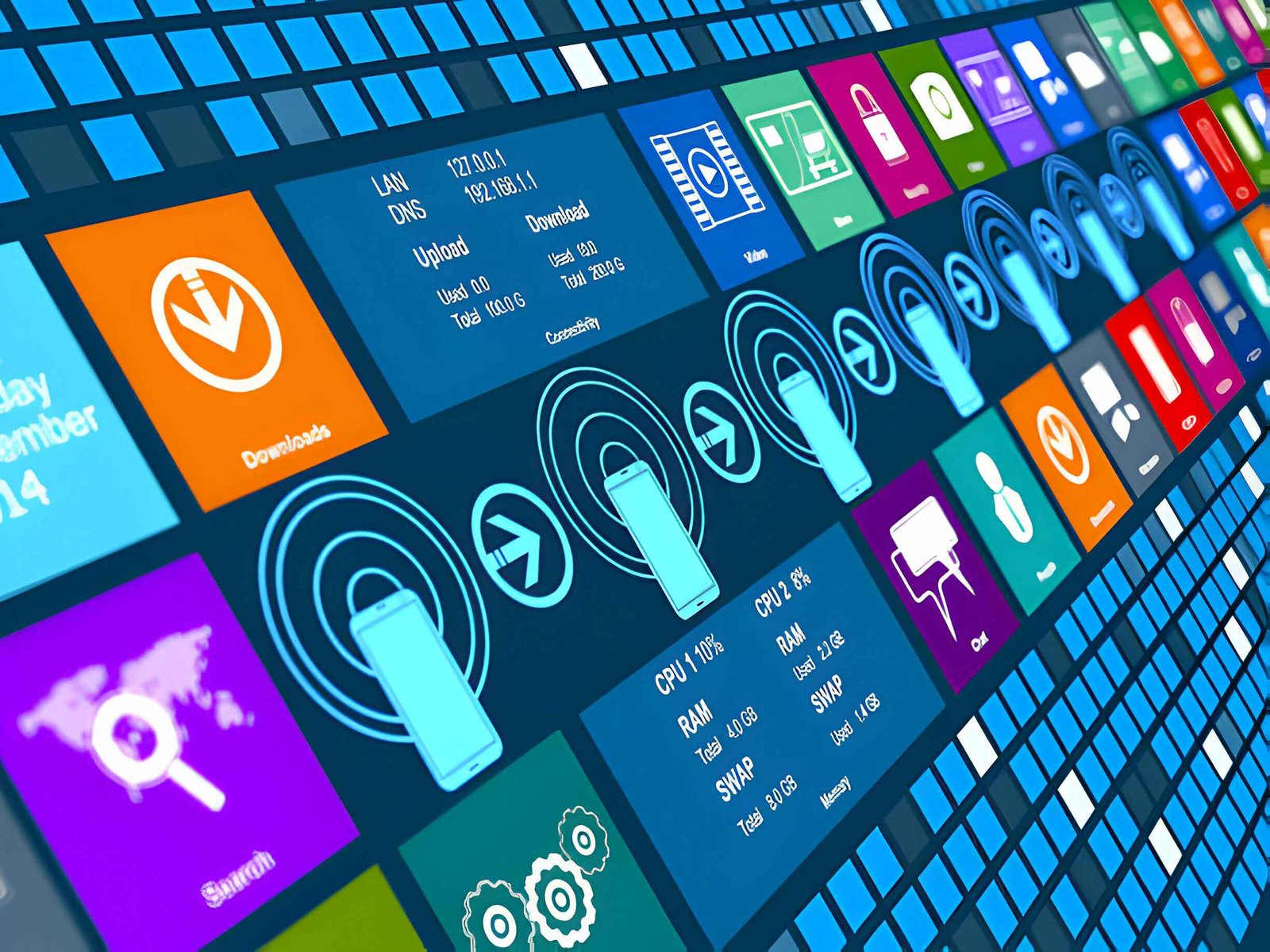In today’s fast-paced digital landscape and technological advancements continue to revolutionize various aspects of our lives. One such innovation that has gained significant traction is Smart Response Technology. This cutting-edge technology is designed to streamline processes and enhance efficiency, and improve connectivity across multiple devices. In this comprehensive guide and we will delve into the intricacies of Smart Response Technology and its applications across different industries, & the benefits it offers to businesses and consumers alike.
Understanding Smart Response Technology
Smart Response Technology is a sophisticated system that leverages artificial intelligence and machine learning algorithms, & real-time data analysis to optimize responses and actions. It is commonly associated with devices such as smart home appliances, wearable gadgets and automotive systems, & industrial equipment. The core principle behind Smart Response Technology is to enable devices to adapt intelligently to various inputs and environmental changes, & user preferences.
Key Components of Smart Response Technology:
Sensors and Data Collection: Smart Response Technology relies on sensors to gather data from the surrounding environment or user interactions. These sensors can include temperature sensors and motion detectors, proximity sensors, accelerometers, & more. The collected data is then processed to extract meaningful insights.
Artificial Intelligence and Machine Learning: AI and machine learning algorithms play a crucial role in Smart Response Technology by analyzing data patterns, learning from past interactions, & making predictions or decisions in real time. These algorithms continuously improve their accuracy & efficiency as they process more data over time.
Connectivity & Communication: Smart Response Technology integrates seamlessly with communication protocols such as Bluetooth, Wi-Fi, Near Field Communication, & Internet of Things networks. This connectivity enables devices to interact with each other and share data, & coordinate responses for enhanced functionality.
Applications of Smart Response Technology
Smart Homes and IoT Devices: In the realm of smart homes and Smart Response Technology enables devices like thermostats, lighting systems, security cameras, & appliances to adjust settings based on user behavior, environmental conditions, & energy efficiency goals. These devices can analyze biometric data and detect anomalies, & prompt users to take actions like staying hydrated, taking breaks and or engaging in physical activity.
Automotive Industry: Smart Response Technology is revolutionizing the automotive sector with features like adaptive cruise control, collision avoidance systems, lane departure warnings, & automated parking assistance. These technologies leverage real-time data from sensors, cameras, & radar systems to enhance driving safety, convenience, & overall vehicle performance.
Healthcare and Medical Devices: In healthcare settings and Smart Response Technology plays a vital role in medical devices such as smart implants, patient monitoring systems and drug delivery systems, and telemedicine platforms. These devices can monitor patient vital signs and deliver medication doses and provide remote consultations, & alert healthcare providers about critical events or emergencies.
Industrial Automation: Industries benefit from Smart Response Technology through automation & predictive maintenance solutions. Smart sensors installed in manufacturing equipment can detect anomalies, predict equipment failures and optimize production workflows, & minimize downtime. This proactive approach improves operational efficiency and reduces costs, & enhances overall productivity.
Benefits of Smart Response Technology
Enhanced Efficiency: Smart Response Technology streamlines processes and automates routine tasks, and optimizes resource utilization. This leads to increased efficiency and reduced manual intervention, & faster response times in various applications ranging from smart homes to industrial operations.
Personalization and Customization: By analyzing user preferences and behavior patterns, & contextual data, Smart Response Technology enables personalized experiences across devices and services. Whether it’s recommending personalized content and adjusting settings and or tailoring recommendations and this technology enhances user satisfaction & engagement.
Improved Connectivity and Interoperability: Smart Response Technology fosters seamless connectivity and interoperability between devices and systems, enabling them to communicate and share data, & collaborate effectively.
Data-Driven Insights: With its ability to analyze vast amounts of data in real time and Smart Response Technology generates valuable insights that drive informed decision-making. Businesses can leverage these insights for targeted marketing campaigns, product enhancements and operational optimizations, & predictive analytics.
Safety & Security: In sectors like healthcare, automotive, & smart homes, Smart Response Technology enhances safety and security measures.
Challenges and Considerations
Privacy Concerns: The collection & analysis of personal data raise privacy concerns regarding data protection, consent, transparency, and ethical use. Companies must implement robust privacy policies and secure data storage, & user-friendly controls to address these concerns.
Interoperability Issues: Ensuring compatibility & interoperability between diverse devices, platforms, & protocols remains a challenge in the IoT ecosystem. Standardization efforts and open-source frameworks, & industry collaborations are essential to overcome interoperability barriers.
Cybersecurity Risks: Robust security measures and encryption protocols, & regular updates are critical to safeguarding Smart Response Technology deployments.
User Education and Adoption: Educating users about the benefits and functionalities, & best practices of Smart Response Technology is crucial for widespread adoption. User-friendly interfaces and clear documentation, and ongoing support contribute to positive user experiences.
Conclusion
Smart Response Technology represents a paradigm shift in how devices, systems, & services interact intelligently to meet user needs and improve efficiency, and drive innovation. From smart homes to healthcare, automotive to industrial automation and the applications of Smart Response Technology are vast & transformative. As we embrace the opportunities & address the challenges associated with this technology, we pave the way for a more connected, efficient, & responsive future.




